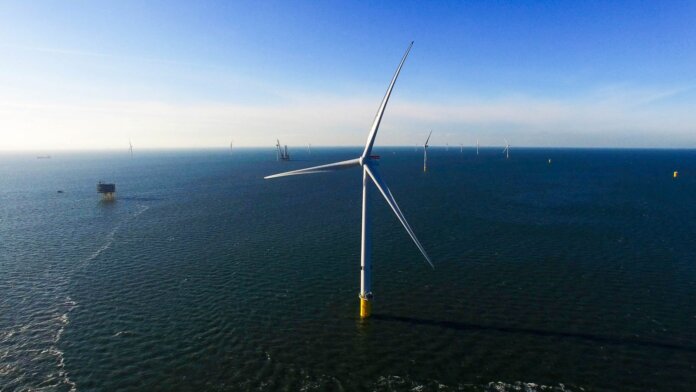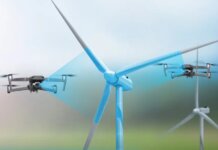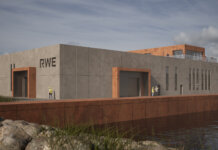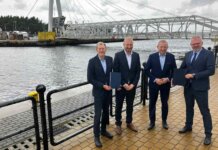The U.K.’s national O & M Center of Excellence (OMCE) has partnered with Ørsted on a £400,000 project to develop an approach to sea state forecasting – which aims to deliver a significant reduction in missed working days.
The Humber-based OMCE is a £2 million collaboration between the University of Hull and the Offshore Renewable Energy (ORE) Catapult to drive solution-focused innovation and improvements in operations and maintenance (O&M).
The project team, led by academics from the University of Hull, is working closely with Ørsted to help improve wave forecast modeling with direct industrial impact. The model will contribute to improving the accuracy of sea state forecasting at an individual offshore wind turbine level with the potential to drive efficiency gains in O&M, increasing safety, as well as contribute to further reductions in the levelized cost of energy (LCoE) for offshore wind.
“With Ørsted, the University of Hull and Catapult coming together on this project, we are combining insight into real industry challenges with academic research to develop new products to improve offshore wind O&M and wind farm efficiency and performance,” says Johnathan Love, project manager at ORE Catapult.
Turbine accessibility is a key determinant of a wind farm’s profitability. Technicians attempting to undertake maintenance can face a number of barriers to safe access, which in turn can be a factor in limiting turbine performance and ultimately overall energy output of a wind farm. This new project will result in a wave forecasting model that will give greater accuracy and offer a more granular insight into the sea state within an offshore wind farm than current methods can.
Multiple downward-facing radar have been installed at turbines at Ørsted’s Burbo Bank Extension wind farm off Liverpool to record wave height, direction and period together with combined met-ocean data and existing forecasts. This big-marine-data approach, along with bathymetry and site configuration data, is enabling researchers to produce an artificial intelligence-based method that will be used to make a step-change in the resolution and accuracy of fine-scale at offshore wind farm sites.
Photo: Ørsted’s Burbo Bank Extension wind farm




